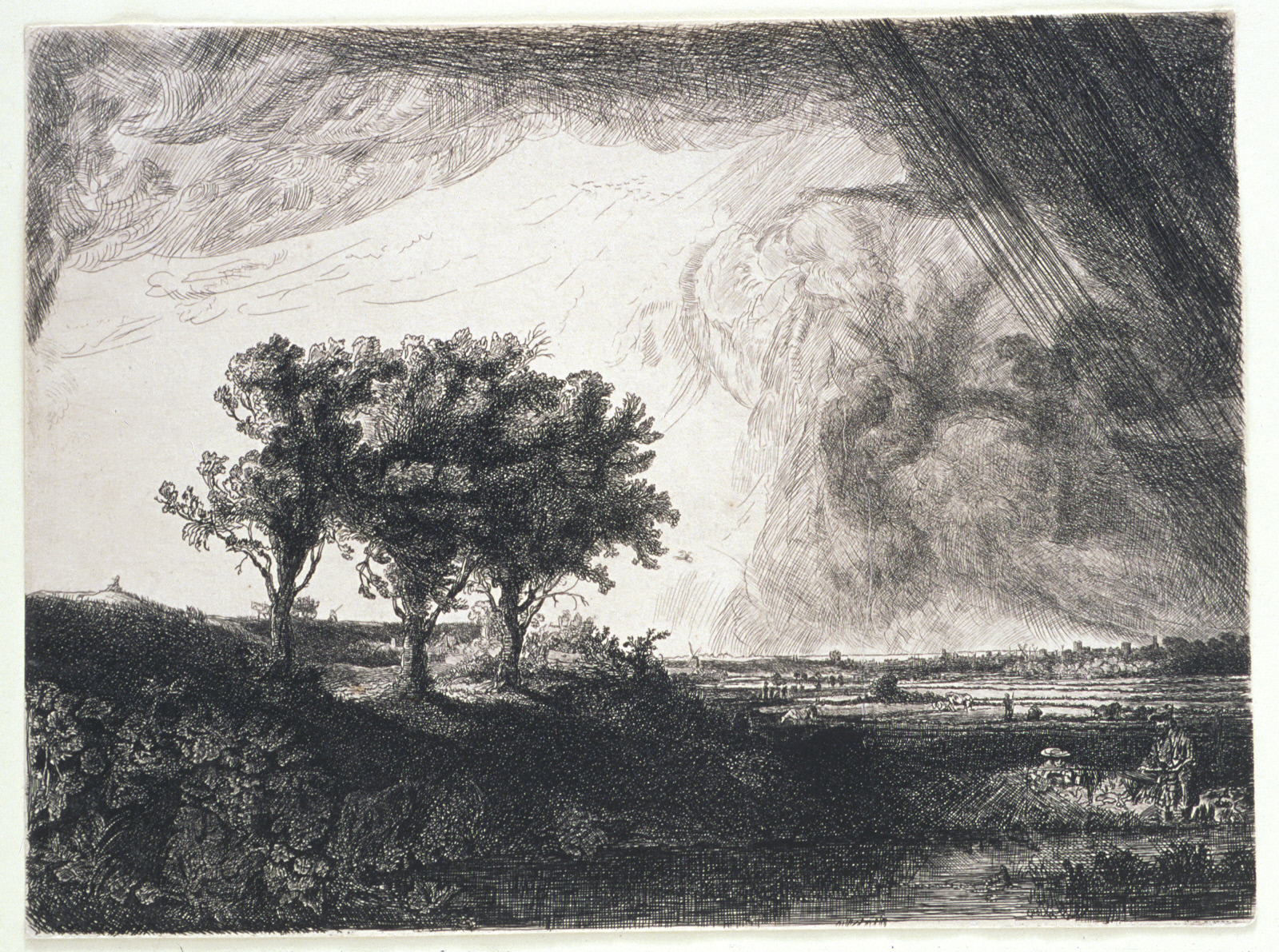Lot 54. A gilt copper alloy figure of Buddha, Tibet, 15th century. With inset turquoise, coral, and lapis. Himalayan Art Resources item no.68458; 33.5 cm (13 1/4 in.) high. Estimate HK$ 8,000,000 - 12,000,000 (€ 870,000 - 1,300,000). © Bonhams 2001-2018
Provenance: The Nyingjei Lam Collection
Published : David Weldon and Jane Casey Singer, The Sculptural Heritage of Tibet: Buddhist Art in the Nyingjei Lam Collection, London, 1999, pp.112-3, no.23.
Exhibited: Casting the Divine: Sculptures of the Nyingjei Lam Collection, Rubin Museum of Art, New York, 2 March 2012 - 11 February 2013.
The Sculptural Heritage of Tibet: Buddhist Art in the Nyingjei Lam Collection, Ashmolean Museum, Oxford, 6 October - 30 December 1999.
Note: The master artist of this sumptuous gilded sculpture of Buddha revels in the visual practice of representing Buddha's perfection through an ideal body wrapped in the finest conceivable garments. Extravagant pleats fan out before Buddha's ankles and over his right shoulder in luxurious folds with engraved patterns. The robe's hems are most distinctive; rather than incise foliate patterns, the sculptor has molded a vine of flowers with inset semi-precious stones for blossoms. They run across the delightful contours of a well-sculpted chest. Buddha's hands and feet are elegantly modeled and, sparing no detail, feature raised chakras at their centers. From these distinguished features, there can be little doubt this magnificent image of Buddha was a special commission.
For his patron, the artist also endeavored beyond a generic modeling of Buddha's face to produce a distinctive portrait. Unlike formulaic examples, with long noses, puckered mouths and ovoid faces, Buddha's face here is broad, with a flat chin, short nose, prominent widow's peak, and wide smile. The eyes are finely modeled with undulating lids, crisply delineated above the high cheekbones. The result is a sculpture of Buddha with a rather unique countenance: commanding while blissfully detached from mundane concerns.
As discussed by Weldon and Casey Singer, the artist has drawn on Nepalese and Chinese aesthetic traditions for this sculpture's special robe. While the inset hem is inspired by Nepal, Weldon elaborates on Chinese precedent in the articulated folds. "The fall of the robe along the Buddha's legs is indicated by subtle changes in volume; its folds are indicated by deep, emphatic lines. The practice of modeling folds of cloth in this manner was brought to Tibet from China, and can be seen in Yuan period sculpture and in sculpture of the Yongle period" (see Weldon and Casey Singer, The Sculptural Heritage of Tibet, London, 1999, p.112). The decorative scheme of this sculpture's hemlines closely resembles that of a gilt bronze Karmapa from the same approximate period (see Uhlig, On the Path to Enlightenment, Zurich, 1995, pp.183-4, no.129).







































972x609.jpg)
.jpg)






